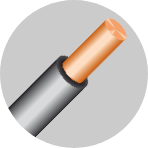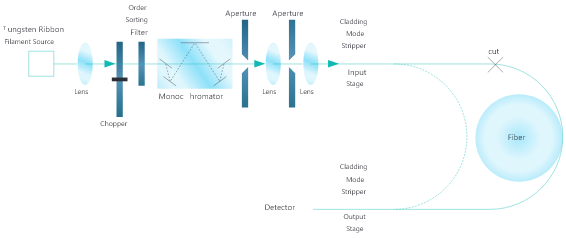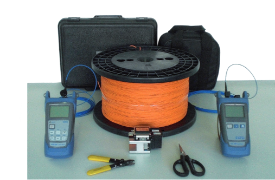CONDUCTORS
Copper conductors are generally preferred for instrumentation cables for a better signal transmission, while, special alloy conductors are employed for thermocouple / compensating cables. Conductors are generally in accordance with EN 60288:

CLASS 1
SOLID

CLASS 2
STRANDED

CLASS 5
FLEXIBLE
Type of conductors are chosen according to the electrical characteristics, the required flexibility, the type of connection systems, or specific installation conditions, such as:
- the class 5 flexible conductor is preferred in case of vibration, movement or reduced bending radius,
- class 1 solid conductor is employed for permanent installation, crimping termination
- tinned conductor is used in presence of corrosive atmosphere, high temperature or to facilitate the soldering























